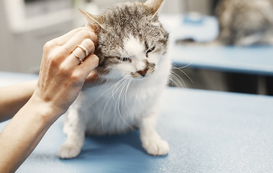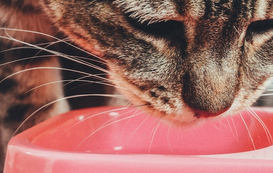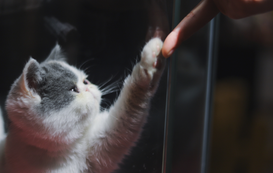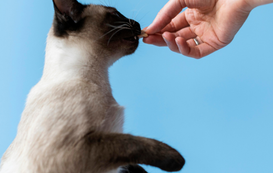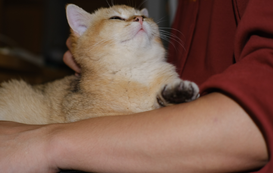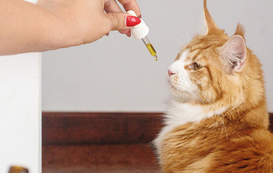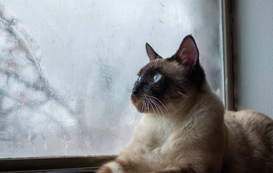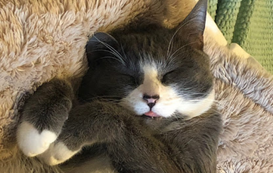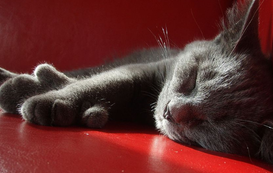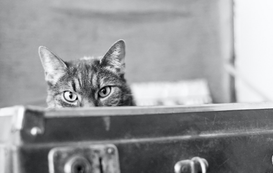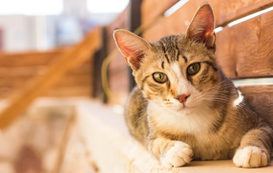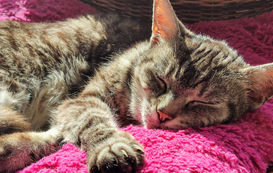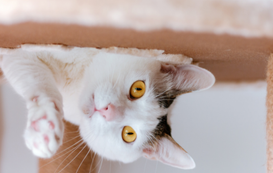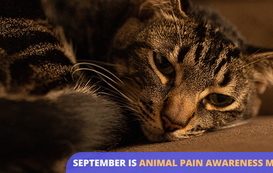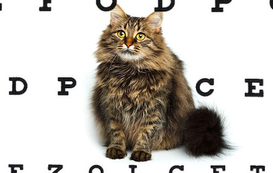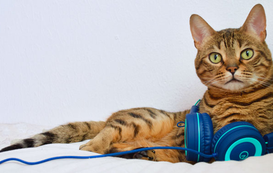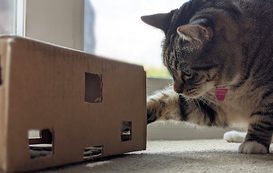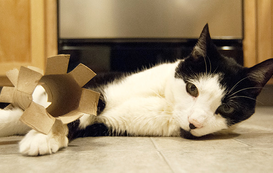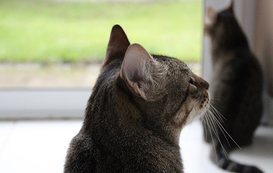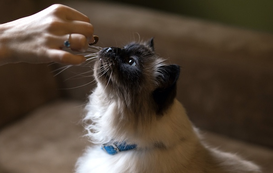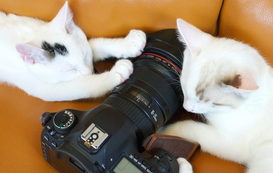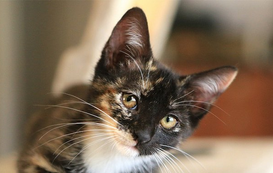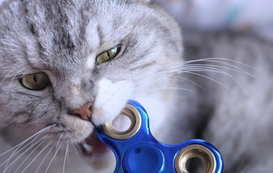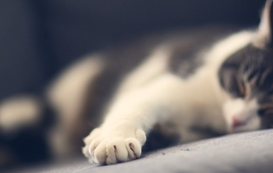- Home
- Cat Sitter Blog
- Cat Behavior
- How to Handle a Cat-on-Cat Attack
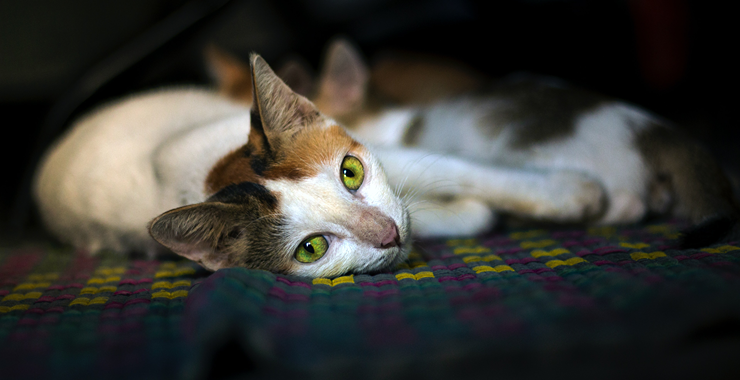

How to Handle a Cat-on-Cat Attack
Note: This blog post is specific to cat-on-cat attacks. If you would like to learn more about handling cat-on-human attacks, we've got you covered!
As cat owners, we love our feline companions dearly and always want to keep them safe from harm. Unfortunately, cats can sometimes get into scuffles with other cats, whether they are indoor pets that encounter neighborhood strays or just new companions working to get used to each other's presence (tips for introducing a new adult cat or new kitten to your home here). Witnessing your cat being attacked by another cat can be distressing, but it's essential to remain calm and take appropriate actions to ensure your pet's well-being. Let's discuss what to do when your cat is attacked by another cat, drawing from expert advice and credible sources.
Assess the Situation Safely
When you discover your cat under attack, resist the urge to intervene immediately. Instead, prioritize your safety and avoid putting yourself at risk of injury. Cats can be highly territorial and defensive during confrontations, which may escalate if they perceive additional threats. Yelling or trying to separate them with your bare hands may lead to bites or scratches, endangering both you and the cats involved.
Experts recommend using a water hose, a loud noise (e.g., banging pots together), or throwing a towel or blanket over the fighting cats from a safe distance to break up the altercation. This should distract them long enough for them to disengage and retreat.
Examine Your Cat(s) for Injuries
After the cats have separated, carefully approach your cat and check for any visible injuries or signs of distress. Common injuries from cat fights include scratches, bite wounds, and torn fur. While some wounds may appear superficial, it's essential to remember that cat bites can cause serious infections due to bacteria in their mouths.
If your cat is seriously injured or in visible pain, refrain from attempting to treat the wounds yourself. Instead, gently place your cat in a carrier or a secure space and transport them to a veterinarian immediately for professional medical attention.
Clean and Treat Minor Wounds
If you notice only minor scratches or superficial wounds on your cat, you can carefully clean the affected areas at home. Use mild antiseptic solutions like chlorhexidine or povidone-iodine diluted in warm water to gently cleanse the wounds. Avoid using hydrogen peroxide or alcohol, as they may be too harsh and cause further irritation.
Apply a small amount of pet-safe antibiotic ointment to promote healing and prevent infection. Monitor the wounds closely for signs of worsening, such as increased redness, swelling, or discharge. If you notice any concerning changes, consult your veterinarian promptly.
Observe for Behavioral Changes
Cat-on-cat attacks can be emotionally distressing for your pet, even if they don't have any visible injuries. Keep a close eye on your cat for any behavioral changes following the incident, such as hiding, excessive grooming, decreased appetite, or aggression towards people or other animals. These signs may indicate that your cat is experiencing emotional stress or trauma.
Allow your cat some space and time to recover, but if the behavioral changes persist for more than a day or two, consider consulting a veterinarian or an animal behaviorist for further guidance.
Reevaluate Your Cat's Environment
If the aggression involved two (or more) household cats, it is important to assess your home environment. Each cat should have access to their own resources (food, water, litter, toys) and space - especially when aggression comes into play. Ensure that you provide enough interactive toys, scratching posts, and regular playtime to keep all cats mentally and physically stimulated. A stimulating environment can help reduce stress and prevent any redirected aggression towards household members or other pets.
In Summary
Witnessing your cat being attacked by another cat is a distressing experience, but knowing how to respond calmly and responsibly can make a significant difference in ensuring your pet's well-being. Always prioritize your safety and take immediate action to separate the fighting cats without endangering yourself or escalating the situation. Remember to assess your cat for injuries, seek veterinary care when necessary, and observe for any behavioral changes that may indicate emotional distress.
By following these steps and considering preventative measures, you can create a safer environment for your feline companion and minimize the risk of future cat-on-cat altercations.
Remember, every cat is unique, and professional guidance from a veterinarian or animal behaviorist can be invaluable in understanding and addressing your pet's individual needs. Cherishing and safeguarding your furry friend is the ultimate priority, and the steps outlined in this blog post will help you achieve just that.









